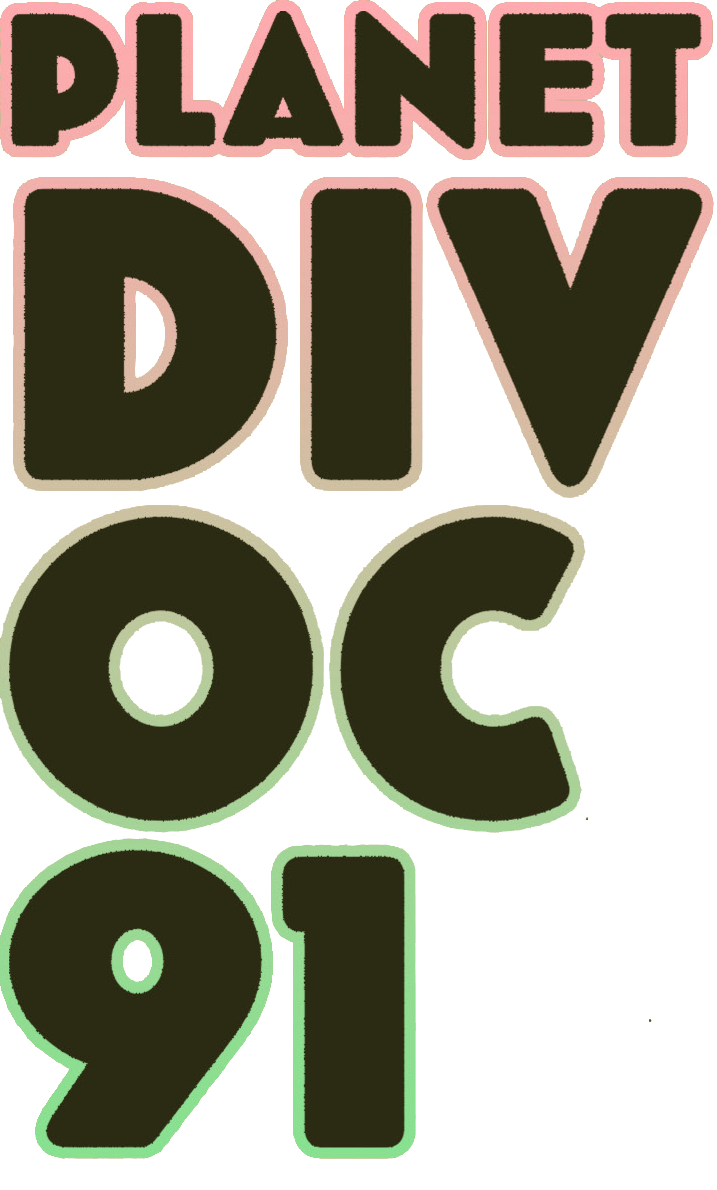Combating Misinformation by Sophie Ainsworth
Misinformation in healthcare is nothing new. It is an ever-present problem across society, from influencers promoting potentially harmful diet pills to career pseudoscientists falsely claiming to cure cancer with celery juice. Ordinarily, they target specific groups or individuals, but the Covid-19 pandemic has created a mass health crisis, which is increasingly complex and confusing, and this has led to mass misinformation.
This is a problem which this month’s interviewees spend a lot of their time trying to solve. Dr Sylvie Briand is the Director of Global Infectious Hazards Preparedness Department of the WHO Health Emergencies Programme, and Alok Jha is a Journalist and Science Correspondent at The Economist. They sat down with us to discuss their concerns, the dangers of misinformation, and the importance of understanding how it starts and spreads in order to tackle the problem.
“Misinformation can kill,” Dr Briand stated clearly. Her role at WHO, in which she supports nations in managing pandemics, now involves managing not only the pandemic but an infodemic, which WHO defines as “an overabundance of information, both online and offline.” They made clear that it is often led by those who are deliberately attempting to undermine correct medical information for their own gain or agenda.
Coronavirus is the first pandemic the world has seen since the mass expansion of social media into every aspect of our lives, which has resulted in a huge increase in the amount of misinformation which is widely available and the speed at which it travels. Social media has the power to spread misinformation around the world “faster than any rational person can deal with it,” said Alok, “I think that’s dangerous.”
While misinformation would spread slowly and in close circles in the past, social media now allows the groups and individuals creating it to spread their information across the world in seconds. Even more concerning is when this seeps into public policy. This is when Alok usually steps in. It is important to him that experts do not stay silent. “I don’t believe silence is a good active response to anything,” he explained.
However, the sheer amount of misinformation out there means he can’t seek out every example. Both experts emphasised need for change in how these platforms work. “Social media companies need to think about how they allow information to spread,” said Alok, arguing that there is a need for a friction to slow down the spread of misinformation while avoiding any sort of censorship. Social media, equally, can be a fantastic tool. But Dr Briand’s key question was “how can we use this tool in a way that is safe for everybody?”

When talking to these experts, what fascinated and surprised me was their openness and kindness. Rather than condemning or eye-rolling at the mention of the anti-vaccine movement, they both responded much more compassionately. One of my key takeaways was that they highlighted the complexity of this ever-evolving situation, and how being confused is completely normal. Added to this, different backgrounds and lived experiences across the world will naturally lead to different outlooks on all aspects of the pandemic. Crucially, we must look at those factors as well as the set of evidence-based facts which we have available and tailor how we communicate those facts depending on different lived experience.
Our discussion highlighted the importance of health organisations and services engaging with the public. The general public may not have access to scientific papers, which are often hidden behind expensive paywalls and filled with scientific jargon that most of us would struggle to understand. Therefore, it should be an essential part of health organisations’ jobs to provide answers to the questions and misconceptions the public may have.
Dr Briand highlighted that if trusted health organisations don’t provide clear answers, people will look for alternative sources, which can often lead to false information. “It’s fine to have questions,” she said, “but if you don’t have answers to your questions, you will look at other sources of information … that’s why sometimes the anti-vaxxers are so powerful, it’s because they provide an answer that makes sense to people.” She continued that she hopes health agencies will take on this challenge to help the public better understand the pandemic.
Ultimately their message was clear: in order to counter misinformation, we have to provide clear, trusted answers to the questions the public have about this confusing and incredibly scary time. And to do that, the most important thing is to listen, sympathise, and work together with patients and the public. It is through compassionate communication that we can help to prevent division, which groups spreading misinformation attempt to create.

